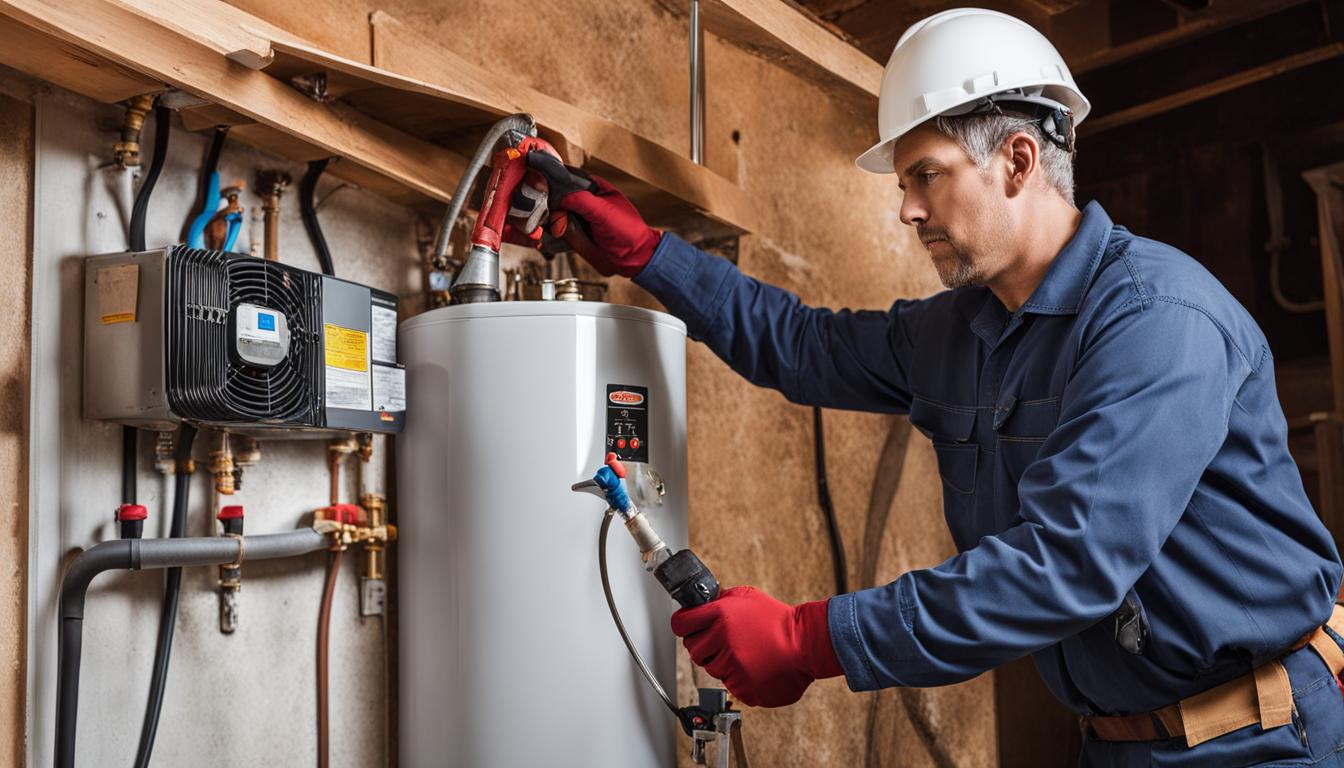We've encountered the article about What Kind of Maintenance Do Water Heaters Need? directly below on the web and decided it made perfect sense to quickly share it with you in this article.

Hot water is important for daily convenience, whether it's for a refreshing shower or cleaning recipes. To guarantee your hot water system runs efficiently and lasts much longer, routine maintenance is key. This write-up supplies useful ideas and insights on how to keep your home's hot water system to stay clear of disruptions and pricey repair work.
Intro
Maintaining your home's warm water system might seem daunting, however with a couple of simple actions, you can ensure it operates efficiently for years ahead. This guide covers everything from recognizing your warm water system to DIY upkeep suggestions and understanding when to call professional assistance.
Relevance of Keeping Your Hot Water System
Normal upkeep not only expands the life-span of your hot water system yet also ensures it runs efficiently. Disregarding maintenance can bring about decreased performance, higher power bills, and also premature failing of the system.
Signs Your Warm Water System Needs Upkeep
Knowing when your warm water system needs attention can stop major concerns. Look out for indications such as irregular water temperature, odd noises from the heater, or corroded water.
Flushing the Hot Water Heater
Purging your water heater eliminates debris buildup, enhancing effectiveness and prolonging its life.
Monitoring and Replacing Anode Rods
Anode rods stop deterioration inside the storage tank. Evaluating and replacing them when worn is critical.
Complex Issues Requiring Expert Aid
Examples include significant leakages, electrical issues, or if your water heater is regularly underperforming.
Regular Professional Maintenance Advantages
Specialist upkeep can consist of comprehensive assessments, tune-ups, and making sure conformity with safety requirements.
Examining and Changing Temperature Level Setups
Adjusting the temperature setups ensures optimal performance and security.
DIY Tips for Upkeep
You can execute several maintenance tasks yourself to maintain your warm water system in leading problem.
Looking for Leaks
Regularly check pipelines and links for leakages, as these can lead to water damage and higher expenses.
Comprehending Your Warm Water System
Before diving into maintenance jobs, it's helpful to recognize the standard parts of your warm water system. Normally, this includes the water heater itself, pipes, anode rods, and temperature controls.
Month-to-month Upkeep Tasks
Routine monthly checks can aid capture minor issues prior to they rise.
Examining Pressure Relief Valves
Testing the stress safety valve guarantees it works appropriately and stops excessive pressure buildup.
Insulating Pipes
Shielding warm water pipes reduces heat loss and can conserve power.
When to Call an Expert
While do it yourself upkeep is useful, some issues call for specialist experience.
Final thought
Regular upkeep of your home's hot water system is important for efficiency, longevity, and price financial savings. By complying with these suggestions and knowing when to look for expert aid, you can make sure a trustworthy supply of hot water without unanticipated disruptions.
How to Maintain an Instant Hot Water Heater
Before tinkering with your hot water heater, make sure that it’s not powered on. You also have to turn off the main circuit breaker and shut off the main gas line to prevent accidents. Also turn off the water valves connected to your unit to prevent water from flowing into and out of the appliance. 2. When you’re done, you have to detach the purge valves’ caps. These look like the letter “T” and are situated on either side of the water valves. Doing so will release any pressure that has accumulated inside the valves while at the same time avoid hot water from shooting out and burning your skin. 3. When the purge valves’ caps are removed, you have to connect your hosing lines to the valves. Your unit should have come with three hoses but if it didn’t, you can purchase these things from any hardware or home repair shops. You can also get them from retail stores that sell water heating systems. Read the user’s manual and follow it to complete this task properly. When the hosing lines are connected, open the purge port’s valves. 4. You should never use harsh chemical cleaners or solutions when cleaning your unit. Make use of white vinegar instead. It should be undiluted and you’ll probably use about 2 gallons. 5. Now flush your water heater. This task should probably take about 40 minutes. We can’t give you specific directions for this because the procedure is carried out depending on the type, model and brand of your heater. With that being said, refer to the user’s manual. 6. When you’re done draining the unit, you have to turn off the purge port valves again. Remove the hosing lines that you earlier installed on each of the water valves. Put the valve caps (purge port) back in their respective places and be very careful so as not to damage the rubber discs that are found inside these caps. 7. Now that everything’s back in place, check your user’s manual again to find out how to reactivate your water heating system. 8. Once it is working, turn one of your hot water faucets on just to let air pass through the heater’s water supply pipes. Leave the tap on until water flows smoothly out of it. https://www.orrplumbing.com/blog/2014/september/how-to-maintain-an-instant-hot-water-heater/

I am just very excited about Tips on Maintaining a Water Heater and I am hoping you enjoyed the entire piece. Sharing is nice. Helping people is fun. We recognize the value of reading our article about What Kind of Maintenance Do Water Heaters Need?.
Show Details